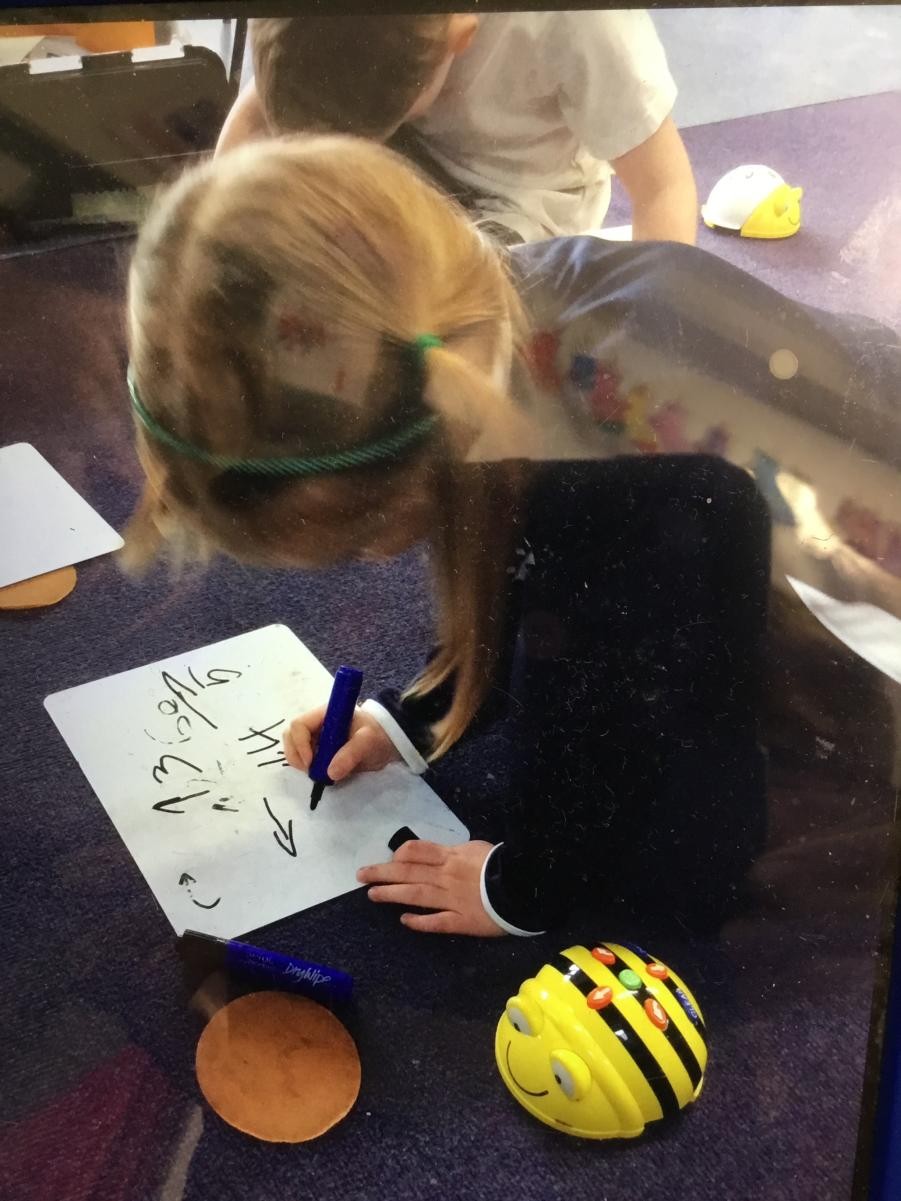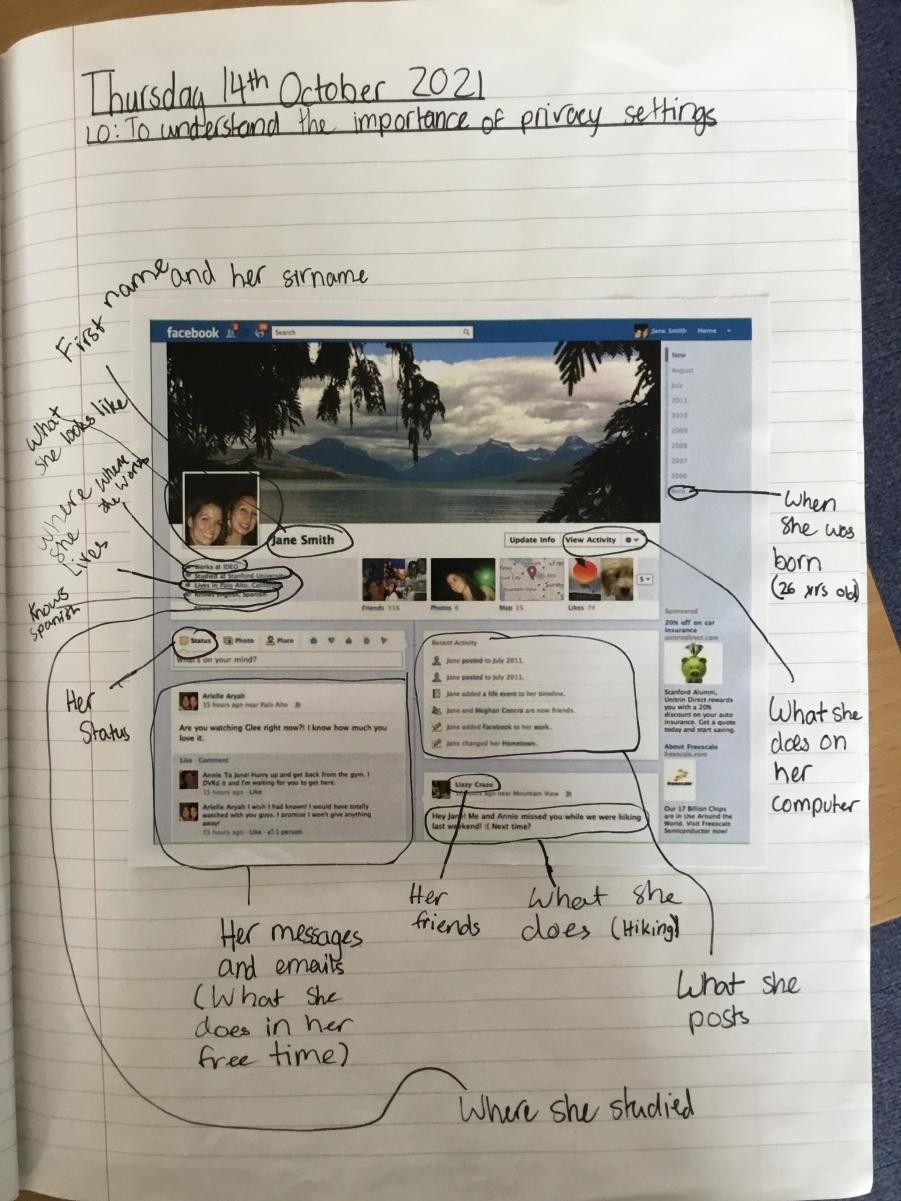A high-quality Computing education equips children to understand and change the world through logical thinking and creativity, including making links with mathematics, science and design technology. Through our Computing curriculum, we aim to give our children the necessary life-skills to enable them to use new technology in a socially responsible and safe way to operate in the 21st century workplace. As technologies advance, it is our responsibility to ensure our children are up-to-date and active participants in the digital world. Computing at Meldreth comprises three main strands: Digital Literacy including e-safety, Information Technology and Computer Science.
This website uses Google Translate
You cannot use this feature without first accepting 3rd Party Cookies.
This website uses Google Translate
You cannot use this feature without first accepting 3rd Party Cookies.



